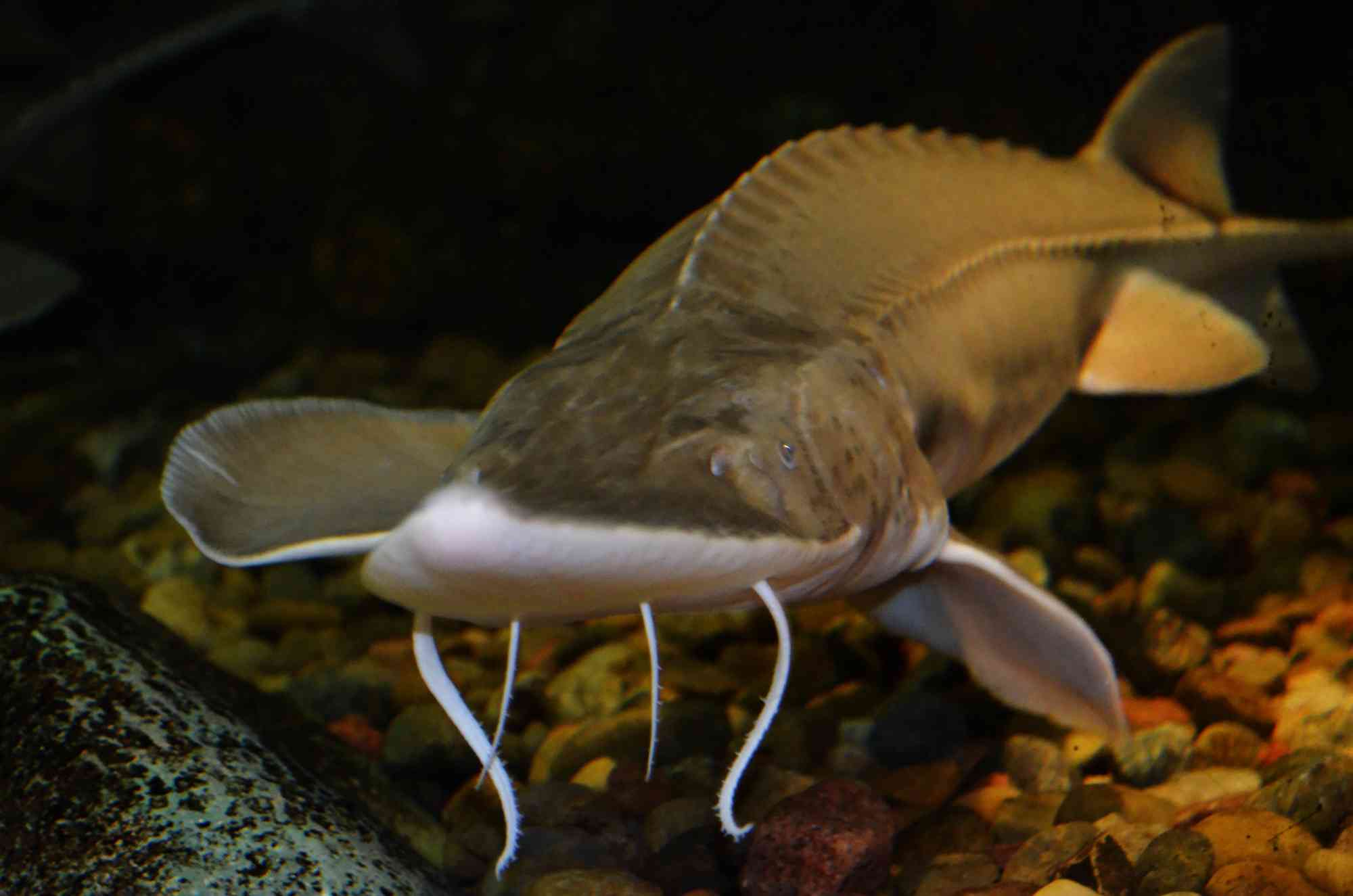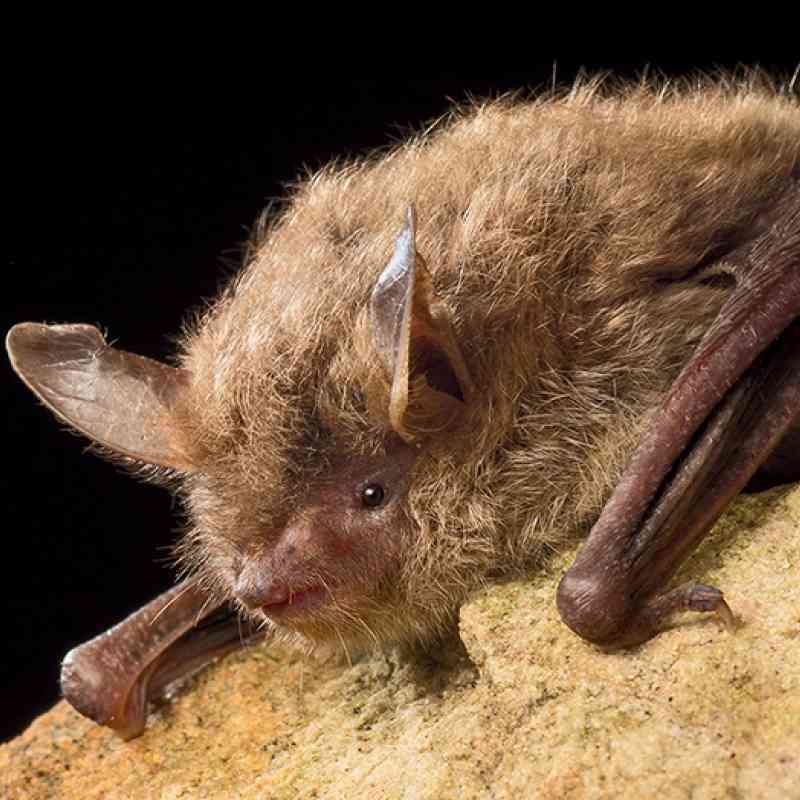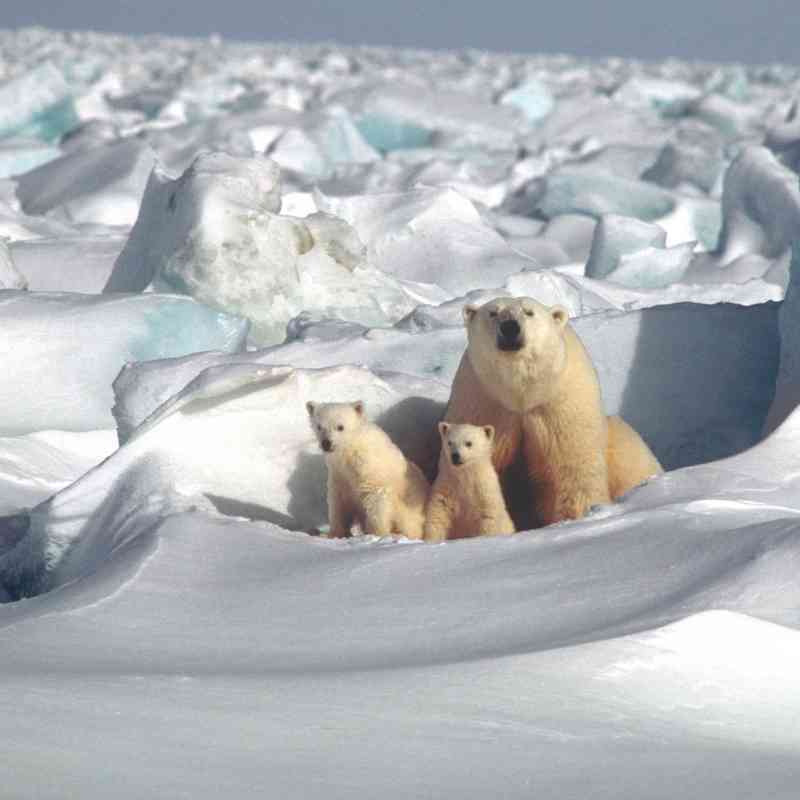FOR IMMEDIATE RELEASE
February 2, 2015
Contact:
Melanie Gade: mgade@defenders.org (202) 772-0288
Angela Guyadeen: Aguyadeen@NRDC.org (312) 651-7936
Feds Place Hurdles Too High For “Dinosaur Fish” Recovery
Defenders of Wildlife and NRDC to Hold Federal Agencies Accountable and Demand New Plan
BILLINGS, Mont. – The pallid sturgeon, a critically endangered North American fish with ancestors dating back to the time of dinosaurs, may die out in a few years without access to prime spawning habitat if river dam operations in the upper Missouri River are not changed. Today, conservation groups filed a lawsuit against three federal agencies, demanding that the agencies fix their dam operations that threaten the existence of wild pallid sturgeon.
The best habitat in North America for the pallid sturgeon – a giant fish which can grow up to six feet in length and live 50 years or more – is in the upper Missouri and Yellowstone Rivers in Montana and western North Dakota. For decades, this population of long-lived fish has been unable to produce offspring in the wild because dams have cut off access to important habitat for the fish and its young.
Although the impacts of these dams have been well documented for more than 20 years, the agencies have avoided their obligations under the Endangered Species Act (ESA) to change their operations. Instead of complying with their ESA obligations, the Corps and Reclamation are now proposing to increase the size of the Intake Diversion Dam and add an artificial side channel for fish passage that scientists say has no reasonable expectation of success, creating an even bigger and more permanent barrier to pallid sturgeon passage.
Defenders of Wildlife and Natural Resources Defense Council announced they will take legal action against U.S. Bureau of Reclamation (Reclamation), the U.S. Army Corps of Engineers (Corps), and the U.S. Fish and Wildlife Service (FWS) for their failure to comply with the ESA and modify the operations of the two dams that are causing the localized extinction of endangered pallid sturgeon in the upper Missouri River Basin.
Not only will the current plan not help the pallid sturgeon survive, if the new concrete dam is constructed and unsuccessful, those responsible for maintaining the dam, Reclamation and the local irrigation district will likely be on the hook to clean up any problems that arise from this project. This is the last opportunity for the community to speak up for the protection of endangered and native fish, recreation, and an efficient and flexible water supply.
Steve Forrest, senior representative for Defenders of Wildlife’s Rockies and Plains Program issued the following statement:
“The pallid sturgeon outlived one of the great natural extinction events of history, but doesn’t seem a match for the relentless habitat destruction of the last half century. Are we really going to let a species that has outlived dinosaurs go extinct on our watch? We can do better than this.
“We are simply not going to stand by while the federal agencies charged with ensuring that ancient sturgeon don’t go extinct spend scarce taxpayer dollars on a plan that has no reasonable expectation of success. We know the agencies can do better, and we’re challenging them to go back to the drawing board and come up with a plan that creates actual fish passage for this endangered fish on the Yellowstone River.”
Marcus Griswold, Water Resources Scientist for Natural Resources Defense Council, issued the following statement:
“The initial federal plan to save the pallid sturgeon was endorsed and embraced by the local community. But now the agencies are missing the boat on the last opportunity to protect endangered and native fish, improve irrigation in the Missouri River basin and preserve a local treasure enjoyed for generations. They need to refocus on the original goals.
“The current proposal from the Army Corps is essentially an eviction notice for the pallid sturgeon that has called this river home for millions of years – but it doesn’t have to be. We need the federal government to refocus and return to a solution that will give the sturgeon a fighting chance to not only survive, but thrive. Doing so would be a win-win for all.”
Background: The Intake Diversion Dam on the Yellowstone River – a major tributary of the upper Missouri River – blocks pallid sturgeon from reaching critical spawning grounds, while issues with the timing and temperature of water releases from the Fort Peck Dam, destroy the pallid’s spawning and rearing habitat in the mainstem Missouri. Any eggs that hatch are sent downstream to suffocate, starve, or become food for larger fish in Lake Sakakawea in North Dakota. Together, these dams prevent the pallid sturgeon from successfully reproducing in the upper Missouri River basin. As a result, the wild population in the basin – the most important population of pallid sturgeon remaining for recovery – is dying out. Approximately 125 wild fish remain, all nearing the end of their lives.
The Service listed the pallid sturgeon as an endangered species on September 6, 1990.
###
Defenders of Wildlife is dedicated to the protection of all native animals and plants in their natural communities. With more than 1.1 million members and activists, Defenders of Wildlife is a leading advocate for innovative solutions to safeguard our wildlife heritage for generations to come. For more information, visit www.defenders.org.
Defenders of Wildlife is celebrating 75 years of protecting all native animals and plants in their natural communities. With a nationwide network of nearly 2.2 million members and activists, Defenders of Wildlife is a leading advocate for innovative solutions to safeguard our wildlife heritage for generations to come. For more information, visit defenders.org/newsroom and follow us on Twitter @Defenders.


